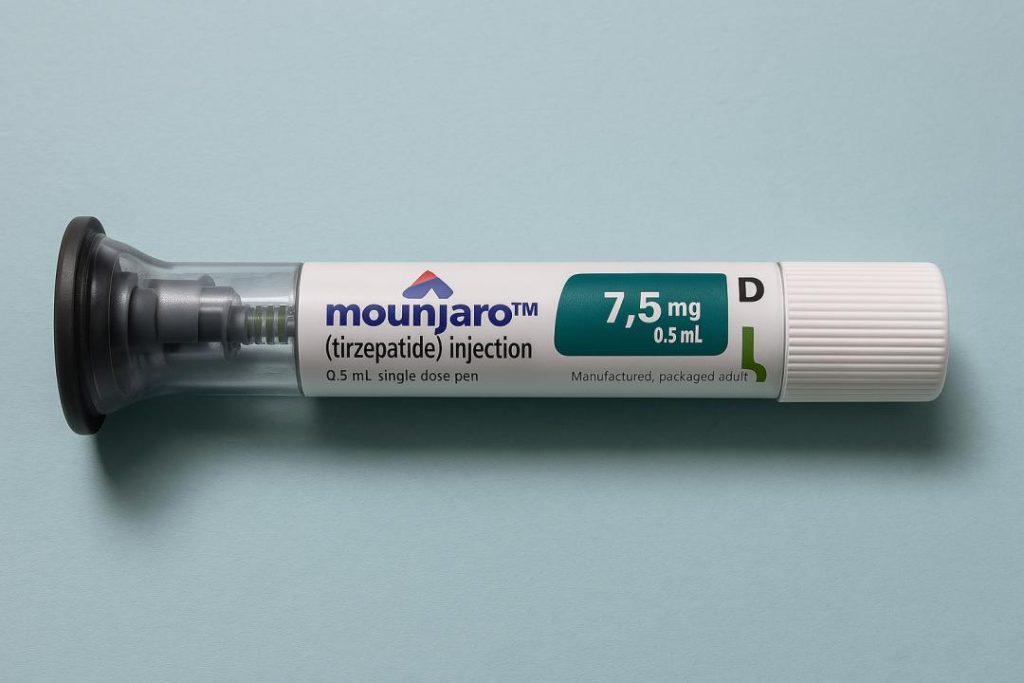
Tirzepatide Found Most Effective for T2DM Patients: Study
Type 2 diabetes (T2DM) is a chronic condition that affects millions of people worldwide. Effective management of the disease is crucial to prevent complications such as kidney disease, nerve damage, and vision loss. One of the primary goals of T2DM treatment is to lower blood sugar levels and achieve a healthy weight. GLP-1 (glucagon-like peptide-1) receptor agonists, a class of medications, have been widely used for this purpose. Recently, a study published in Scientific Reports has shed new light on the effectiveness of these drugs, particularly tirzepatide, in managing T2DM.
The study, which analyzed 64 clinical trials, found that tirzepatide outperformed semaglutide and liraglutide, two other popular GLP-1 drugs, in lowering blood sugar levels and supporting weight loss in T2DM patients. Tirzepatide, which is marketed under the brand name Mounjaro, is a once-weekly injectable medication that works by mimicking the action of natural GLP-1 hormones. These hormones stimulate the release of insulin, reduce glucagon production, and slow gastric emptying, all of which help to lower blood sugar levels.
The study, which was conducted by a team of researchers from the University of California, San Diego, aimed to compare the efficacy and safety of tirzepatide, semaglutide, and liraglutide in T2DM patients. The researchers analyzed data from 64 clinical trials involving over 20,000 patients with T2DM. The results showed that tirzepatide was significantly more effective than semaglutide and liraglutide in reducing hemoglobin A1c (HbA1c), a common measure of blood sugar control.
HbA1c levels were reduced by 2.3% with tirzepatide, compared to 1.9% with semaglutide and 1.7% with liraglutide. Additionally, tirzepatide was found to be more effective in promoting weight loss, with patients losing an average of 10.2 kg (22.5 lbs) compared to 6.4 kg (14.1 lbs) with semaglutide and 5.6 kg (12.3 lbs) with liraglutide.
While tirzepatide outperformed its competitors in terms of efficacy, the study also found that liraglutide may be safer for patients at risk of low blood sugar (hypoglycemia). Liraglutide was associated with a lower risk of hypoglycemia, particularly in patients with a history of hypoglycemia or those taking sulfonylureas, a class of medications that can increase the risk of hypoglycemia.
The study’s findings are significant, as they provide valuable insights into the effectiveness and safety of GLP-1 receptor agonists in managing T2DM. Tirzepatide’s superior efficacy in lowering blood sugar levels and promoting weight loss may make it an attractive option for patients with T2DM who are struggling to achieve their treatment goals.
However, it’s essential to note that tirzepatide is not without its limitations. The medication has been associated with an increased risk of thyroid C-cell tumors and pancreatitis, although the risk is considered to be low. Additionally, tirzepatide may not be suitable for patients with a history of pancreatitis or those taking medications that increase the risk of pancreatitis.
In conclusion, the study’s findings suggest that tirzepatide may be the most effective GLP-1 receptor agonist for managing T2DM, particularly in patients who require more aggressive therapy. However, it’s crucial to weigh the potential benefits of tirzepatide against the risks and consider individual patient factors when selecting a treatment. As with any medication, it’s essential to work closely with a healthcare provider to determine the best course of treatment.
Source:
https://thepfc.club/blogs/news/how-do-glp-1-drugs-help-manage-type-2-diabetes






